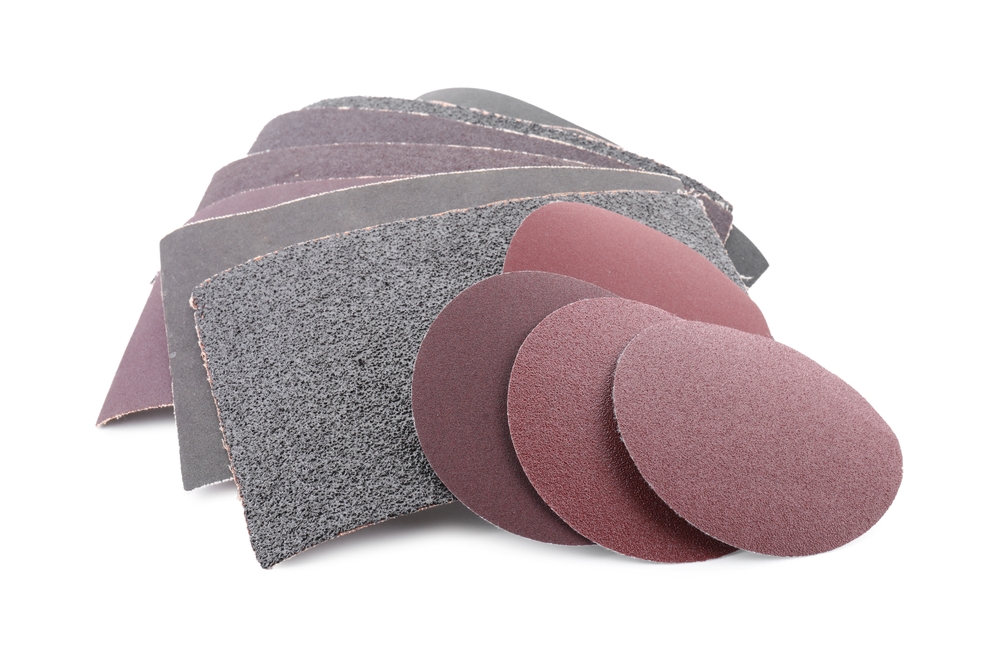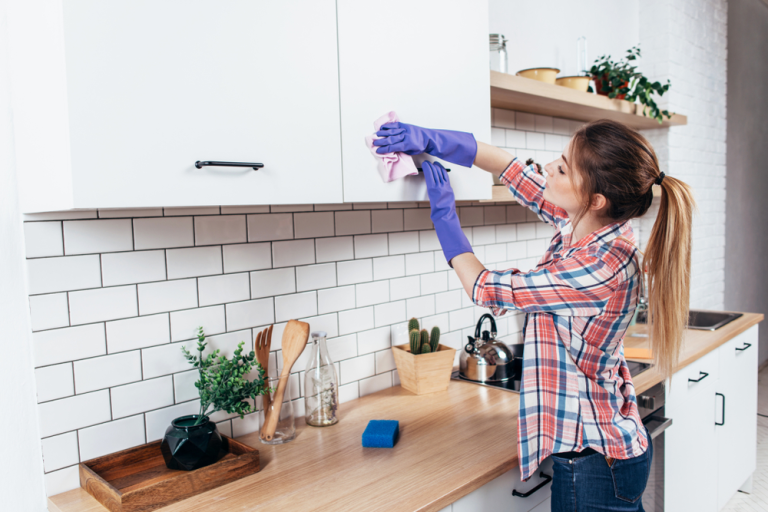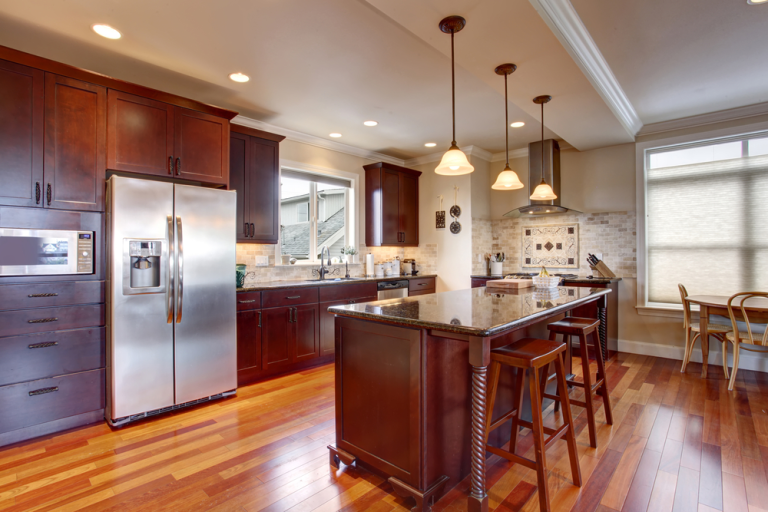What Grit Sandpaper for Kitchen Cabinets?

When it comes to refinishing or painting kitchen cabinets, sanding is one of the most critical steps in achieving a smooth, professional finish. However, choosing the right grit sandpaper is essential for getting the job done right. So, what grit sandpaper for kitchen cabinets?
In this blog, we’ll explore the different grits of sandpaper, how they work, and which ones are best suited for various stages of sanding your kitchen cabinets.
Understanding Sandpaper Grit
Before diving into the specific grits to use on your kitchen cabinets, it’s important to understand what sandpaper grit means and how it affects your project.
What is Sandpaper Grit?
- Grit Rating: Sandpaper grit refers to the coarseness of the sandpaper. The grit number indicates the size of the abrasive particles on the sandpaper, with lower numbers being coarser and higher numbers being finer. For example, a 60-grit sandpaper is much coarser than a 220-grit sandpaper.
- Function: The grit you choose determines how much material the sandpaper will remove and how smooth the surface will become. Coarse grit removes material quickly but leaves a rough surface, while fine grit creates a smooth finish but removes material more slowly.
Coarse Grit Sandpaper: 60-100 Grit
Coarse grit sandpaper, typically ranging from 60 to 100 grit, is used for heavy-duty sanding tasks where significant material removal is needed. But what grit sandpaper should you use for kitchen cabinets when dealing with tough surfaces?
When to Use Coarse Grit Sandpaper
- Removing Old Finish: If your kitchen cabinets have an old, thick layer of paint or varnish, starting with a coarse grit like 60 or 80 can help remove it quickly. This grit level is aggressive and can strip down to the bare wood, making it ideal for heavy-duty removal tasks.
- Smoothing Rough Wood: If the wood surface of your cabinets is rough or uneven, coarse grit sandpaper can help level it out. However, be cautious, as it can leave scratches that will need to be smoothed out with finer grits later.
Tips for Using Coarse Grit Sandpaper
- Work in Small Sections: To avoid over-sanding, work in small sections and check your progress frequently.
- Follow the Wood Grain: Always sand in the direction of the wood grain to prevent deep scratches and ensure a smoother finish.
Medium Grit Sandpaper: 120-150 Grit
Medium grit sandpaper, ranging from 120 to 150 grit, is commonly used for preparing surfaces for finishing. It’s the most versatile grit range and is ideal for most kitchen cabinet sanding tasks.
When to Use Medium Grit Sandpaper
- Prepping for Paint or Stain: After removing the old finish with coarse grit, medium grit sandpaper is used to smooth out the surface and prepare it for a new coat of paint or stain. It removes any remaining roughness and creates a slightly textured surface that helps the paint or stain adhere better.
- Light Refinishing: If your kitchen cabinets are in good condition and only need a light sanding to remove the top layer of finish or smooth out minor imperfections, medium grit sandpaper is the perfect choice.
Tips for Using Medium Grit Sandpaper
- Check for Smoothness: After sanding with medium grit, run your hand over the surface to check for smoothness. If it feels even and smooth, you’re ready to move on to the next step.
- Use a Sanding Block: For flat surfaces, use a sanding block to ensure even pressure and avoid creating dips or uneven spots.
Also Read – What Color Walls with Cream Kitchen Cabinets?
Fine Grit Sandpaper: 180-220 Grit
Fine grit sandpaper, typically in the range of 180 to 220 grit, is used for final sanding before applying a finish. It’s essential for achieving a smooth, polished surface.
When to Use Fine Grit Sandpaper
- Final Sanding: Fine grit sandpaper is ideal for the final sanding of kitchen cabinets before applying paint, stain, or varnish. It smooths out any remaining imperfections and creates a pristine surface for the finish to adhere to.
- Sanding Between Coats: If you’re applying multiple coats of paint or varnish, fine grit sandpaper can be used to lightly sand between coats. This helps the new coat adhere better and ensures a smooth, professional finish.
Tips for Using Fine Grit Sandpaper
- Light Pressure: Use light pressure when sanding with fine grit to avoid removing too much material. The goal is to smooth the surface, not to strip it.
- Clean the Surface: After sanding with fine grit, be sure to clean the surface thoroughly to remove any dust. This ensures that the finish goes on smoothly without imperfections.
Extra-Fine Grit Sandpaper: 320 Grit and Higher
Extra-fine grit sandpaper, which is 320 grit and higher, is used for ultra-smooth finishes and delicate sanding tasks. While not always necessary, it can be beneficial for certain projects.
When to Use Extra-Fine Grit Sandpaper
- Polishing: If you want an exceptionally smooth finish, especially on high-gloss or lacquered surfaces, extra-fine grit sandpaper can be used for final polishing.
- Sanding Delicate Surfaces: For delicate surfaces or materials, such as veneers or thin layers of wood, extra-fine grit can help avoid damage while still providing a smooth finish.
Tips for Using Extra-Fine Grit Sandpaper
- Use Sparingly: Extra-fine grit sandpaper removes very little material, so it should be used sparingly and only when necessary for achieving the smoothest possible finish.
- Final Touches: Consider using extra-fine grit as a final step after applying all coats of finish, to gently buff the surface to perfection.
Choosing the Right Grit for Your Project
So, what grit sandpaper should you use for kitchen cabinets? The answer depends on the condition of your cabinets and the type of finish you want to achieve.
Recommended Grits for Common Tasks
- Removing Old Finish: Start with 60-80 grit sandpaper to remove thick layers of paint or varnish.
- Smoothing Rough Surfaces: If the wood is rough or uneven, begin with 80-100 grit sandpaper.
- Prepping for Finish: Use 120-150 grit sandpaper to smooth the surface and prepare it for painting or staining.
- Final Sanding: Finish with 180-220 grit sandpaper to create a smooth, polished surface ready for a final coat of paint, stain, or varnish.
Consider Your Finish
- Paint: If you’re painting your cabinets, a final sanding with 150-180 grit is usually sufficient. This provides enough texture for the paint to adhere without leaving visible scratches.
- Stain: For staining, finish with 220 grit to ensure the surface is smooth enough to absorb the stain evenly.
Conclusion
Knowing what grit sandpaper to use for kitchen cabinets is essential for achieving a smooth, professional finish. By understanding the different grit levels and when to use them, you can ensure that your cabinets are properly prepared for painting, staining, or refinishing.
Whether you’re removing an old finish, smoothing rough surfaces, or applying the final touches, selecting the right grit sandpaper will help you achieve the best results. By following these guidelines, you’ll be well on your way to beautifully finished kitchen cabinets that enhance the look and feel of your home.






